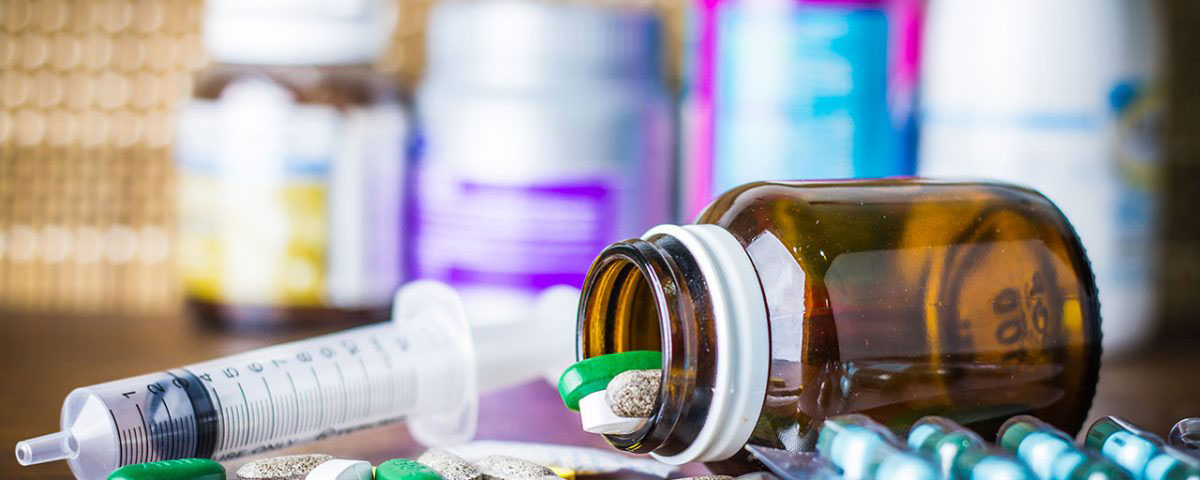Experimenting with different substances is common practice for many people who engage in drug abuse.
Mixing shrooms and alcohol may be typical for a person who likes to use hallucinogens, for instance, but mixing different drugs can have a horrible impact on a person’s health. Since the beginning of the opioid epidemic in the late 90s, polydrug use in the United States has become a serious problem; our addiction treatment center in Philadelphia is offering more insight.
What Is Polydrug Use?
Polydrug use refers to the use of more than one kind of drug together. When a person combines more than one drug, uses another drug to counteract the effects of another, or uses different drugs over a short period, it qualifies as polydrug abuse. Polydrug use examples include mixing alcohol, illicit drugs, prescription medications, over-the-counter medications, and more. This habit is common among drug users and alcoholics. Individuals who become addicted to several substances should receive professional treatment. At Banyan Treatment Centers Philadelphia, our various detox programs can help patients take the first step towards sobriety.
Why Do People Engage in Polydrug Abuse?
The most common reason why people use more than one drug is that they’re exposed to other substances. Drug users usually become friends with other people who also engage in substance abuse. They may also have drug dealers who they stay in contact with for their supply. This means they usually have access to other drugs; alcohol, in particular, is also easily accessible because it’s legal for adults to purchase and drink. People also use more than one drug at a time because they may want to counteract the effects of another drug or experience more intense side effects. Unfortunately, this may only cause an additional addiction and worsen the person’s physical and mental health. The risk of developing liver damage and cardiovascular disease also increases as a result of polydrug abuse.
The Origins of Polydrug Use in the United States
Polydrug use in the U.S. is thought to have resulted from the opioid epidemic. The opioid crisis began in the late 1990s when prescriptions for opioids peaked, leading to high rates of abuse and overdose, and continues to affect Americans to this day. Opioid abuse is difficult to manage because some opioids are legal and others aren’t. For example, heroin is an illegal opioid that’s highly potent and addictive. On the other hand, fentanyl and oxycodone are legal opioids that are just as addictive. While the latter comes with a prescription, many people who began to take opioids as directed eventually became addicted. This may have resulted from the growth of tolerance to the drug’s side effects, causing the person to take a higher dose than they were prescribed.
Research suggests that opioid users are more likely to use other drugs, which is why the opioid crisis is considered a contributing factor to polydrug use in the United States. Individuals who are no longer prescribed opioids often turn to heroin and other drugs as cheap alternatives to sustain their addiction. Between 2011 and 2018, illicit opioid use increased from 44.8% to 70.1%. These individuals may also mix different drugs to experience more intense symptoms. The effects of polydrug use can be fatal; many individuals who experiment with taking more than one drug are more likely to suffer from an overdose and permanent health consequences.









